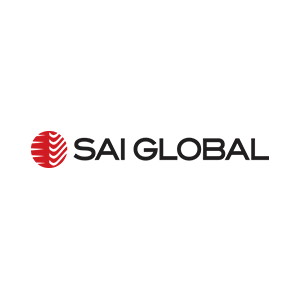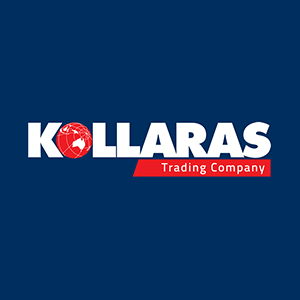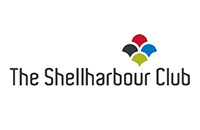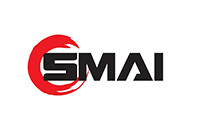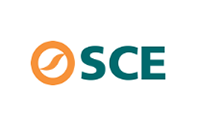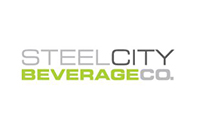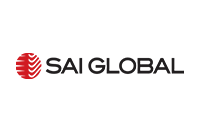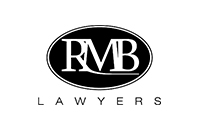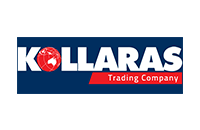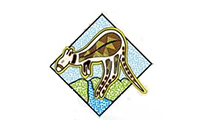International Trade Mark Applications
A trade mark registration in Australia will only establish your business’ rights in Australia. It cannot be used to prevent the use of the same or similar trade mark in any other country. To obtain trade mark rights in other countries it is necessary to apply to register your brand as a trade mark in those countries via the Trade Mark Office in each country.
A “shot-gun” approach to trade mark registration overseas where you simply register in a as many countries as possible will often be unnecessary and will be extremely expensive. Accordingly, it is best to register your trade mark in those countries that you have a currently or foreseeable interest in trading in.
Generally speaking, trade mark laws are fairly similar from country to country, with the same overall concepts present in the trade mark laws of most countries. This is partly due to a variety of international treaties on intellectual property and trade marks that seek to set minimum of harmonised standards.
The most important International treaties in relation to international trade mark registration are the Paris Convention and the Madrid Protocol.
The Paris Convention enables you to back-date the date of any overseas applications that you make for a particular trade mark to the date of the corresponding application filed anywhere else in the world, provided that the International applications are made within 6 months of the corresponding application. So for example, if you file a trade mark application on 1 January 2016, you have until 30 June 2016 in which to file corresponding applications for that trade mark in other Paris Convention countries. Those corresponding applications in other countries will be deemed to have been filed on the same day as the Australian application – 1 January 2016.
The Madrid Protocol is a streamlined application process that allows a trade mark owner to apply for a trade mark in a number of countries through one application. This application can be made through the Australian Trade Marks Office. This has the added advantage that you can pay for the official fees in Australian dollars, and you also save on overseas legal fees.
Once submitted and approved by the Australian Trade Marks Office the application will be sent to the World Intellectual Property Office (WIPO) in Geneva, Switzerland, where the International Bureau (IB) will examine the trade mark application for compliance with certain requirements of the Madrid Protocol. The IB may request that changes be made to the application. Some of these changes will be mandatory, whilst others will not. After any such mandatory changes have been made, the IB will then send the application to the national Trade Mark Office of each country that you nominated on your application form.
The Trade Marks Office in each country will then examine the trade mark application in accordance with its own laws and as against its own trade marks register. Accordingly, it is not uncommon for a trade mark to proceed to registration without issue in one country but experience significant difficulties in another country, due to different pre-existing trade mark registrations on the different countries’ registers. It is for this reason that, where possible, we conduct searches of the trade mark registers of the countries into which you may wish to apply to register your trade mark before your make a significant investment in a Madrid Protocol application.
However, not all countries are signatories to the Madrid Protocol. Some notable exceptions are Canada, Mexico, South Africa, India, Indonesia and Malaysia.
China, the US and the European Union are, however signatories to the Madrid Protocol. This list is changing with more and more countries signing up to the Madrid Protocol.
Many of our clients wish to file corresponding trade marks into the US and Europe and more recently, China. All such applications can be made via the Madrid Protocol, however, this is sometimes not the most efficient way to file into these countries, for a variety of technical reasons. In this regard, when our clients wish to seek registration of their trade mark overseas we attend to each international application program individually so as to minimise cost and time to registration.
The European Union has established a “harmonised” system of trade mark laws, such that you can obtain pan-European trade mark rights with one trade mark registration. A registration in the EU will give you trade mark rights in all of the 28 Member States of the European Union. Please note that this excludes Switzerland and Norway and a number of other smaller European countries, but includes the main European countries such as the UK, Ireland, France, Germany, Spain, Italy, Portugal, Sweden, Austria, Finland and many of the Baltic countries that have joined the EU. However, the national trade marks offices of each of these countries still exists and a similar conflicting trade mark application in one of these countries can prevent a European trade mark from proceeding to registration.
Call us today to start your INTERNATIONAL TRADE MARK portfolio.
Not sure where to start?
We're here to make it easy. Call or email us today.

